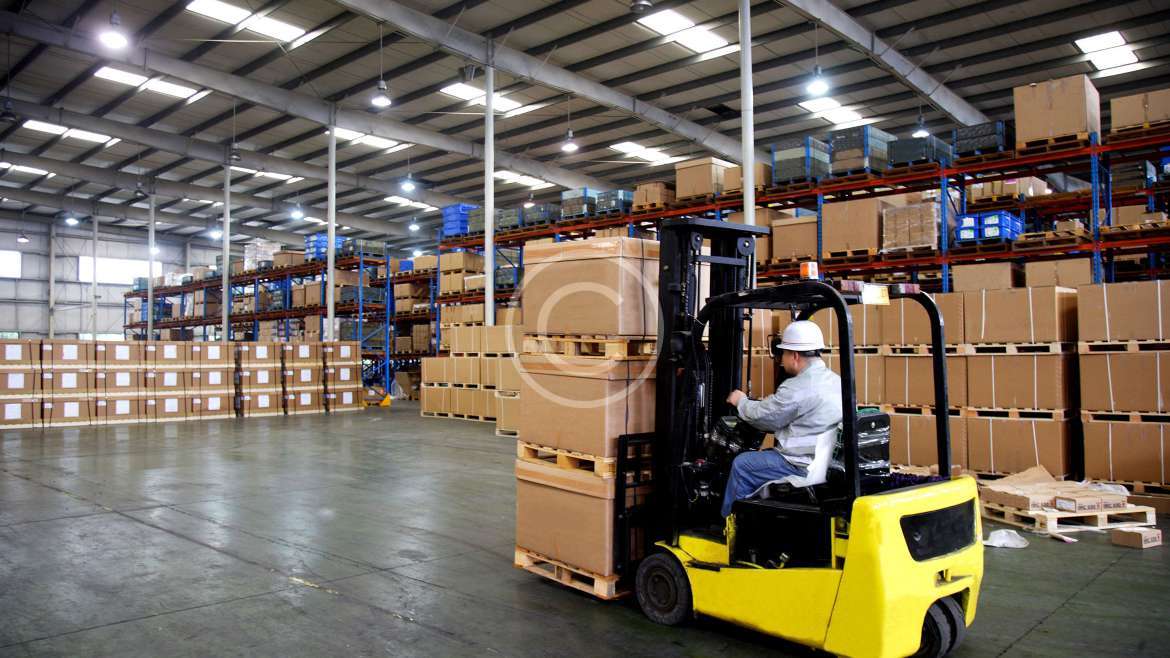What You Need to Know About Nearshoring: A Smarter Supply Chain Strategy
In a world where global disruptions, rising costs, and long lead times challenge supply chain reliability, nearshoring has emerged as a game-changing strategy. For U.S.-based businesses looking to reduce risk and improve delivery timelines, nearshoring offers a compelling alternative to overseas sourcing. At Beyond Edge Logistics, we help companies adapt to evolving logistics models like nearshoring to build more agile, efficient, and resilient supply chains.
What Is Nearshoring?
Nearshoring is the practice of relocating manufacturing or sourcing operations closer to the end consumer—typically in a neighboring or nearby country. For U.S. companies, this often means shifting production from Asia to Mexico, Central America, or even within North America.
Unlike offshoring, which moves production to distant countries for lower costs, nearshoring aims to strike a balance between cost efficiency, proximity, and speed.
Why Nearshoring Is Gaining Popularity
1. Faster Shipping Times
By moving production closer to home, companies significantly reduce transit times. Instead of waiting 30+ days for ocean freight from Asia, nearshoring to Mexico or Canada can cut delivery times down to just a few days.
2. Lower Transportation Costs
Fuel prices, port delays, and long-distance freight charges continue to rise. Nearshoring reduces the reliance on expensive long-haul shipping and allows for more predictable freight logistics.
3. Reduced Risk and Greater Control
Global disruptions like pandemics, geopolitical instability, or trade tariffs can severely impact offshore operations. Nearshoring allows for better control over production, communication, and logistics planning.
4. Improved Supply Chain Agility
Nearshoring supports just-in-time inventory, quicker restocking, and greater flexibility to respond to market changes. This agility helps businesses stay competitive in fast-moving industries like retail, electronics, and automotive.
5. Stronger Trade Partnerships
Thanks to agreements like USMCA, doing business with Mexico and Canada is easier, with fewer tariffs and regulatory hurdles. This makes nearshoring an even more attractive option for North American supply chains.
Logistics Considerations for Nearshoring
Switching to a nearshoring model requires a strategic logistics partner who understands cross-border shipping, customs compliance, and regional carrier networks. At Beyond Edge Logistics, we offer tailored support for businesses exploring or transitioning to nearshoring. Our services include:
-
Cross-border freight management
-
Customs clearance and documentation
-
Transportation Management Solutions (TMS)
-
Warehousing and distribution support
-
Real-time shipment tracking
We work closely with clients to streamline their nearshoring transition, ensuring minimal disruption and maximum value.
Is Nearshoring Right for Your Business?
Nearshoring isn’t a one-size-fits-all solution. It works best for companies that:
-
Serve primarily North American markets
-
Require shorter lead times and faster delivery cycles
-
Face high transportation or inventory holding costs
-
Want greater visibility and control in their supply chain
Our expert team, led by Ganesh Rana and Sumer Singh Rathi, is ready to help you evaluate the benefits and feasibility of nearshoring for your operation.
Final Thoughts
Nearshoring represents a strategic shift toward smarter, more resilient supply chains. As U.S. companies look to gain a competitive edge, reduce costs, and improve delivery performance, nearshoring is proving to be a powerful option.
Let Beyond Edge Logistics help you navigate the journey—from global to local, faster and smarter.
📧 sam@beyondedgelogistics.com | 📞 +1 (310) 500-4202
📍 Coppell, TX
#Nearshoring #SupplyChainStrategy #FreightLogistics #BeyondEdgeLogistics #CrossBorderShipping



Leave a reply